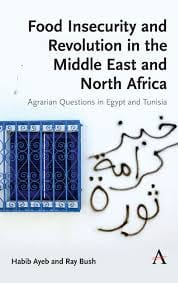Agrarian Politics and the Slow Revolution Yet to Come
Almost a decade after the 2011 uprisings, we now have an excellent synthetic text by Habib Ayeb and Ray Bush, long-time activists and researchers of (North) African agrarian questions as they relate to food sovereignty, social equality, and the ecology.







